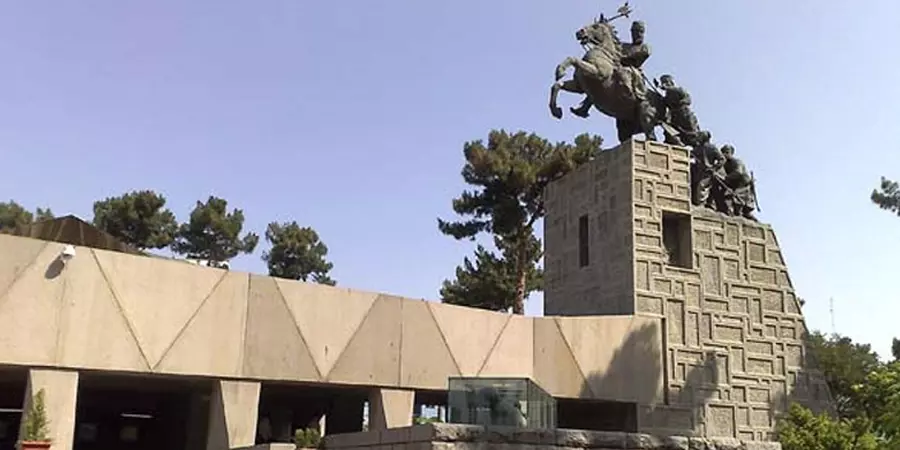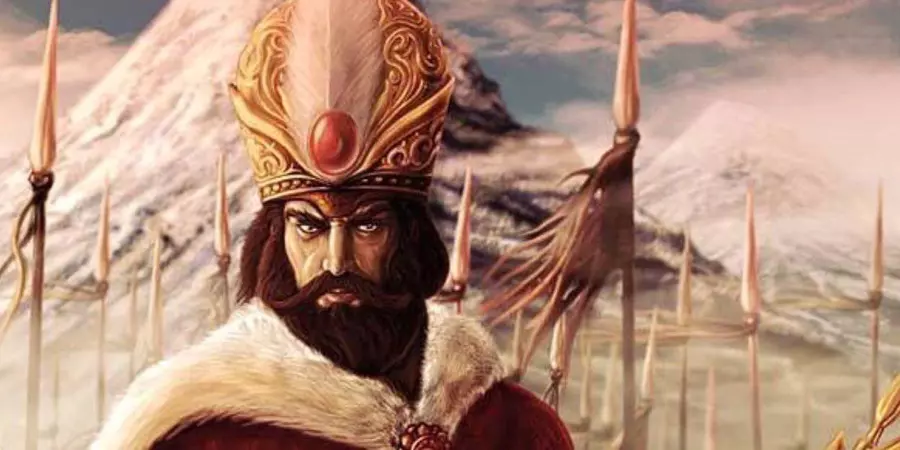Nader Shah Afshar, often referred to simply as Nader Shah, was a prominent and influential figure in Persian history during the 18th century. He hailed from the Afshar tribe and rose to power as a military commander and ruler of Persia (modern-day Iran). Nader Shah’s reign marked a period of significant military successes, territorial expansion, and political changes in the region. In the continuation of this article from the travel2persia website, we will talk more about this great king, so stay with us.

- Military Conquests: Nader Shah is best known for his military prowess and ambitious conquests. He led Persian forces in successful campaigns against neighboring powers, including the Ottoman Empire and the Mughal Empire. His military achievements significantly expanded Persia’s territorial reach.
- Capture of Delhi: One of Nader Shah’s most renowned victories was the capture of Delhi in 1739. This campaign led to the looting of the Mughal capital and the acquisition of vast wealth, including the famous Koh-i-Noor diamond.
- Political Influence: Nader Shah afshar’s conquests elevated him to a position of great political influence. He established himself as the ruler of an extensive empire that encompassed parts of Central Asia, South Asia, and the Caucasus.
- Reforms and Policies: During his rule, Nader Shah implemented various administrative and economic reforms in Persia. He aimed to strengthen central authority, modernize the military, and promote trade and commerce.
- Legacy and Challenges: Nader Shah’s legacy is complex. While he achieved remarkable military successes, his methods were often ruthless, and his rule witnessed instances of brutality. Additionally, his expansionist policies led to tensions with neighboring powers.
- Assassination and Aftermath: Nader Shah’s reign came to a tragic end with his assassination in 1747. Following his death, his empire quickly disintegrated, leading to a period of instability in Persia.
- Cultural and Historical Impact: Nader Shah afshar’s rule left a lasting impact on Persian history and memory. His military achievements and ambitious campaigns continue to be subjects of study and fascination.
Nader Shah’s story is intertwined with the broader context of 18th-century geopolitics, regional rivalries, and the dynamics of power in the Middle East and Central Asia. His legacy remains a topic of debate among historians, as they seek to understand the complexities of his rule and his role in shaping the history of the region.

- Art and Culture: Nader Shah’s reign also had an impact on Persian art and culture. His conquests brought him into contact with diverse cultures, leading to the exchange of artistic ideas and influences. He was known to be a patron of the arts, supporting the development of literature, poetry, and architecture.
- Foreign Relations: Nader Shah afshar’s interactions with foreign powers were a defining aspect of his rule. While he successfully challenged and defeated major empires like the Ottoman and Mughal, his confrontations with these powers also had far-reaching implications for regional politics.
- Koh-i-Noor Diamond: The Koh-i-Noor diamond, which became part of Nader Shah’s spoils after the capture of Delhi, eventually became one of the world’s most famous gemstones. Its history is closely tied to Nader Shah’s conquests and the broader history of the region.
- Succession Struggles: Nader Shah’s assassination triggered a power struggle among his successors, leading to a period of instability known as the “Afsharid Interregnum.” This power vacuum eventually paved the way for the rise of the Zand dynasty in Persia.
- Historiography: Nader Shah afshar’s legacy has been analyzed and interpreted through various historical accounts, both contemporary and subsequent. These accounts offer different perspectives on his achievements, policies, and the impact of his rule on Persia and the surrounding regions.
- Influence on Later Leaders: Nader Shah’s military successes and his rise from humble beginnings to ruling over a vast empire have inspired later leaders and military figures. His strategies and tactics have been studied by military historians and strategists.
- Contemporary Perspectives: While Nader Shah’s legacy includes remarkable achievements, it also encompasses controversies and complex ethical considerations. Some view him as a national hero who defended Persia’s sovereignty, while others critique his methods and their human cost.
- Historical Memory: Nader Shah’s memory remains present in the cultural memory of Iran. He is remembered as a figure who left an indelible mark on the nation’s history, shaping the course of events in the 18th century and beyond.
The tomb of Nadershah Afshar is located in the city of Mashhad. Dear ones, you can visit the tomb of this great person by purchasing and booking tour. In summary, Nader Shah Afshar’s life and rule encapsulate the complexities of leadership, conquest, and power dynamics in the 18th-century Middle East and Central Asia. His legacy is a subject of ongoing scholarly exploration, offering insights into the intricacies of historical events and their enduring impact on the region and its people.




No comment